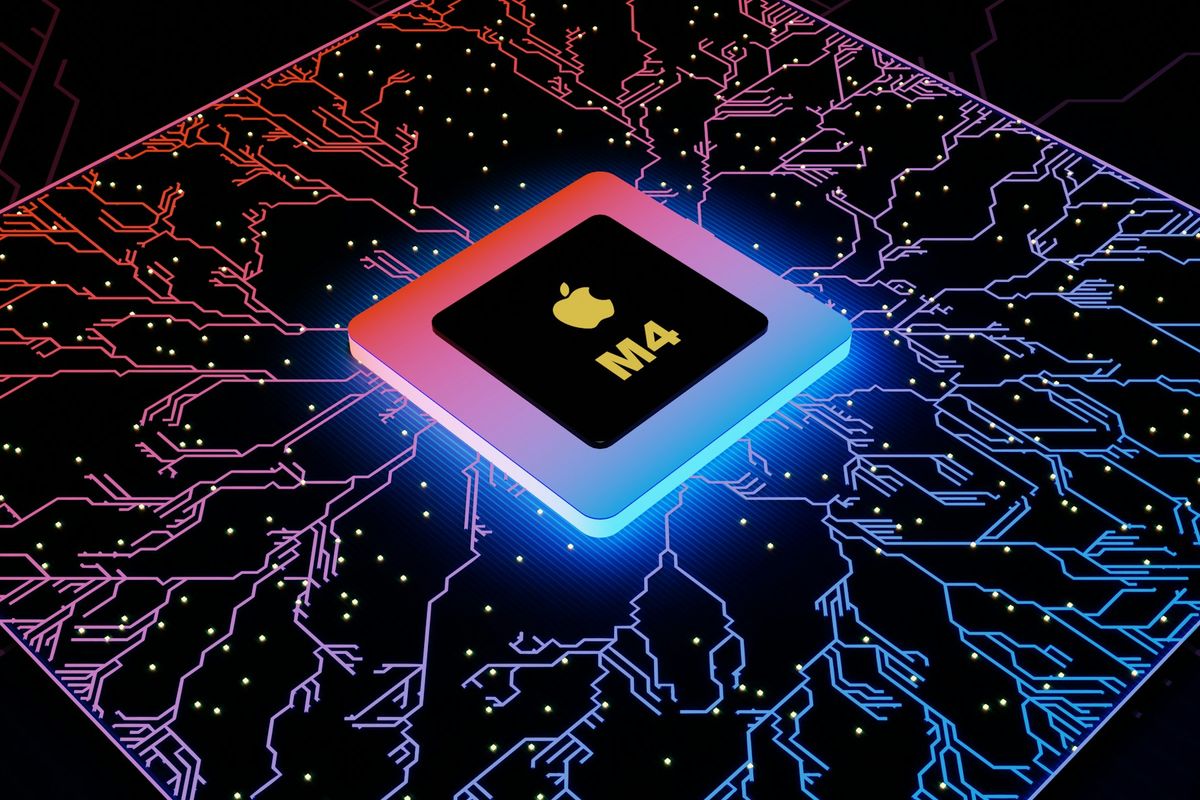AI hardware plays a crucial role in predicting technological trends. Its advancements shape the timelines and forecasts of AI development. By analyzing the progression of AI hardware, experts can better predict how quickly certain technologies will evolve and what innovations might emerge.
AI hardware advancements provide insights into potential breakthroughs and challenges. This helps developers and researchers set realistic timelines for AI projects. It also aids in strategic planning for businesses and policymakers, giving them a clearer picture of what’s on the horizon in AI tech.
Hardware experts contribute significantly to refining these forecasts. Their understanding of the capabilities and limitations of current and emerging hardware informs more accurate predictions. This expertise is invaluable in guiding AI policy and strategic planning. For further insights, the exploration of how AI boosts efficiency and performance can provide additional context on the impact of hardware advancements on AI development.
Understanding AI hardware’s role in trend forecasting is essential for grasping future AI innovations. It offers insights into how AI might transform industries and what new opportunities or obstacles could arise. Here’s how AI hardware influences trend forecasting:
- Development Timelines: Hardware advancements dictate how quickly AI technologies can be developed and deployed.
- Innovation Forecasts: New hardware capabilities often lead to unexpected AI applications and solutions.
- Strategic Planning: Accurate forecasts allow businesses and governments to plan effectively for future AI integration and regulation.
- Policy Impact: Forecasts based on hardware trends help shape policies that foster sustainable AI growth.
Recognizing these elements helps stakeholders anticipate changes and seize opportunities in the evolving AI landscape.
Policy and Regulation in AI Hardware
Policy and regulation shape AI hardware development. They guide ethical and safe tech progress, aligning advances with society’s values. Governments and academics create standards that secure hardware practices to promote responsible innovation.
AI hardware regulations cover key areas:
- Safety Standards: Guidelines ensure hardware operates safely and securely, protecting users and data.
- Ethical Usage: Transparency and accountability in AI hardware development encourage ethical practices. For insights into maintaining fairness and accountability in AI systems, explore our discussion on ensuring fairness and accountability with trustworthy AI.
- Distribution Control: Regulations on specialized AI hardware prevent misuse and promote fair access.
- Innovation Encouragement: Research and development support through incentives and funding fosters AI growth.
Government and academic teamwork is vital. Their different views lead to balanced policies addressing various concerns. This partnership helps foresee future challenges and adapt regulations.
Regulating AI hardware distribution shapes the wider AI development field. It guides responsible AI technology deployment. Effective policies create a safe, ethical space for AI to thrive and innovate.
Image Source

Leave a Reply